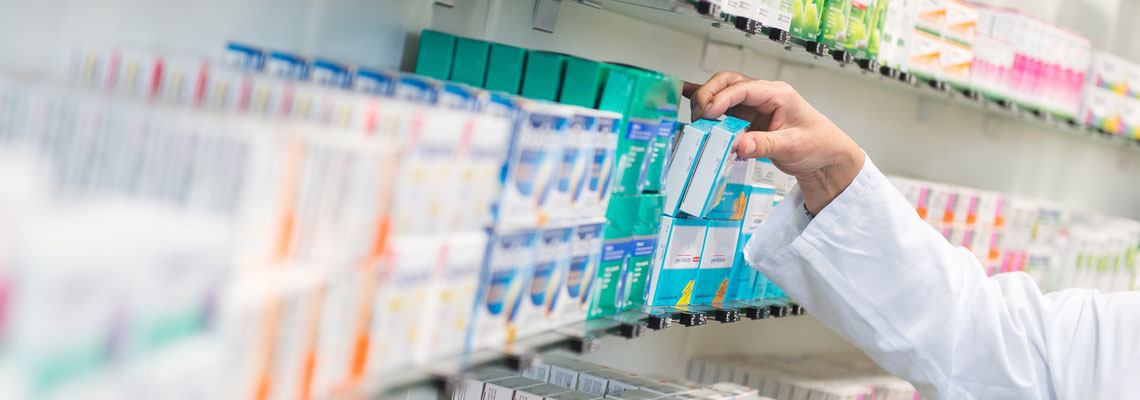
Pharmaceutical packaging ensures the protection of all manufactured pharmaceutical products through transport, storage, sale, and use. The products are kept in either sterile containers made of glass or plastic. The packaging is usually transparent in some cases or completely opaque. The packaging is important as without it the purity of medicine would be compromised and would not have the desired effect. With drinkable vials and glass ampoules, pharmaceutical packaging ensures liquid medicine is kept in pure conditions for as long as possible. We shall discuss the materials used in pharmaceutical packaging and why they are used.
Glass
Glass is probably the most used material for packaging medicine in liquid form. The glass vials come in different colors shapes and sizes depending on the amount and packaging requirements. Most colored glass ampoules are amber to protect the medicine which may be harmed by UV rays. Glass is a tough and transparent material that allows for easier measurement and recording of amounts in the container. It is easy to label and is inert thus it does not leach into the medicine stored within. The method of filling and use determines the size of the glass container together with the desired amount of use. The cost of producing glass containers is also relatively cheaper and after sterilization can be reused for similar or other types of medicine. Glass ampoules are commonly used to store harmful chemicals and are hermetically sealed. There are different types of glass containers used: Highly resistant borosilicate glass, Treated soda-lime glass, soda-lime glass, and soda glass for nonparental usage
Plastic
Plastic is a very common form of material used for various packaging needs. Pharmaceutical products are ussualy packaged in plastic because it is durable, transparent, and flexible enough to be shaped into different designs and for specific user needs. Most tablets are packaged in plastic to ensure dosage can be measured. Labels and printed information can be added to the outside of the package to pass any information that is required for the medicine used and the chemical properties. Plastic is leachable and releases salt, thus can affect the purity of certain medicine. Very harmless liquids are stored in plastic and any material that will not be affected by the plastic impurities like tablets and certain chemicals that will not react with the container. The quality and purity of medicine are of the highest importance and plastic provides a way to store and supply medicine in a manner that can be controlled.
Sterile Packaging
Some pharmaceutical products require a sterile unit before use and are discarded after use. Syringes and highly pure medicine require safe, clean and tamper-proof packaging as they are required for single usage only.
Depending on the manufacturing and storage needs all these materials can be used for a single product as either primary, secondary or tertiary packaging. The primary packaging encapsulates the medicine, which is then packed into a secondary package. Tertiary packaging may not be used depending on the requirements for transport or storage.